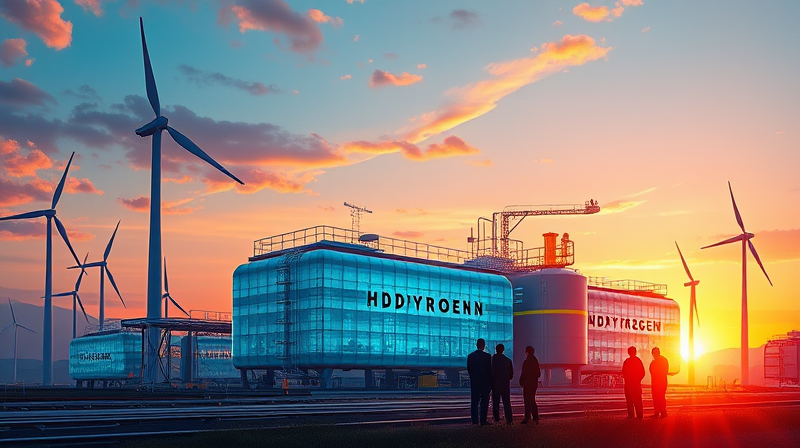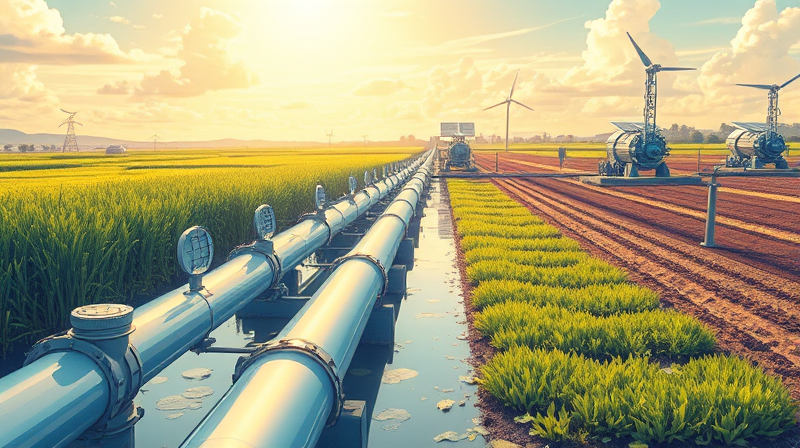
In recent years, clean hydrogen has shifted from a niche experimentation topic to a central pillar of global energy strategy. Governments, corporations, and research institutions are converging around its potential to drive deep decarbonization and reshape energy markets. As climate imperatives intensify, the race to scale up hydrogen production with minimal emissions is more than an academic discussion; it is a defining challenge of our era.
The momentum behind clean hydrogen reflects a convergence of policy ambition, technological advances, and market dynamics. With direct emissions nearing zero in certain production pathways, stakeholders envision a future where hydrogen underpins heavy industry, transportation, and grid balancing. Yet the path to widespread adoption is laced with both opportunity and complexity.
Clean hydrogen comes in several flavors, each distinguished by its production method and emissions footprint. As definitions evolve, institutions and standards bodies are aligning on meaningful criteria to ensure transparency and impact. The main categories include:
While green hydrogen represents the gold standard for emissions reduction, blue and turquoise pathways serve as transitional bridges. Their viability hinges on methane leakage rates, CCS efficiency, and evolving certification schemes. Institutions like the U.S. Department of Energy and European regulatory bodies are developing benchmarks to differentiate genuinely low-emission hydrogen from high-emission variants.
Today, over 95% of global hydrogen production relies on steam methane reforming without CCS, emitting approximately 10 kg of CO₂ per 1 kg of H₂ produced. Clean hydrogen aims to flip that equation by embracing technologies that keep carbon footprints close to zero.
Electrolysis, driven by renewable electricity, boasts negligible direct emissions, though lifecycle impacts depend on grid composition and supply chain practices. Blue hydrogen can achieve between 2 and 4 kg CO₂e per kg H₂ in real-world settings, contingent on fugitive methane emissions and capture rates. As certification schemes mature, they will incorporate upstream leakage metrics and full lifecycle analyses to ensure integrity.
Institutional interest in clean hydrogen has exploded, driven by climate goals, energy security concerns, and industrial decarbonization needs. Governments worldwide are deploying ambitious targets and funding mechanisms to jumpstart production and demand.
In the United States, the Department of Energy aims to scale annual clean hydrogen output to 10 million metric tons by 2030 and 50 million by 2050. Under the Inflation Reduction Act and the Bipartisan Infrastructure Law, the administration has earmarked:
Similarly, the European Union’s Clean Hydrogen Joint Undertaking fosters research, supports pilot projects, and shapes regulatory frameworks. International cooperation is intensifying, with alliances forming around standard-setting, technology exchange, and project co-financing.
Despite record investments, low-emission hydrogen accounted for less than 1% of global hydrogen output in 2023. This gap underscores the magnitude of the task: moving from nascent projects to a fully integrated supply chain.
Key sectors poised for transformation include:
Achieving net-zero scenarios by mid-century demands nearly 50 million tonnes of electrolytic hydrogen plus 15 million tonnes from fossil fuels with CCS by 2030—an unprecedented technological and economic challenge. Meeting these targets will require rapidly scaling electrolyzer capacity, securing vast renewable energy supplies, and deploying robust distribution networks.
Realizing clean hydrogen’s promise hinges on confronting technical, economic, and regulatory hurdles. Key challenges include:
Cost reduction: Today, green hydrogen ranges from $4 to $6 per kilogram, while blue hydrogen sits at $2 to $3 per kilogram depending on gas prices and CCS performance. The U.S. aims to reach a cost of $1 per kilogram within a decade, leveraging economies of scale and technological innovation.
Infrastructure needs: Expanding pipelines, storage facilities, and refueling stations is capital-intensive and requires coordinated planning between public and private stakeholders. Regulatory clarity and streamlined permitting processes will be critical to avoid bottlenecks.
Certification and market signals: Ensuring buyers and policymakers can distinguish genuinely low-emission hydrogen mandates rigorous standards. Methane leakage verification and lifecycle assessments must be embedded in certification schemes to maintain credibility.
Clean hydrogen stands at a pivotal juncture. With strategic investments, policy frameworks, and international collaboration, it can evolve from a niche technology to a cornerstone of global decarbonization. Stakeholders must:
Align incentives and standards to bridge the gap between pilot projects and commercial scale. Robust procurement policies, carbon pricing mechanisms, and offtake agreements will create demand certainty and attract private capital.
Foster innovation and partnerships in electrolyzer design, CCS solutions, and digital monitoring systems. Public-private consortia and academic collaborations can accelerate breakthroughs and reduce costs.
Invest in workforce development to equip engineers, technicians, and policymakers with the skills needed for a hydrogen-driven economy. Training programs and knowledge exchanges will ensure a pipeline of talent to sustain growth.
Ultimately, clean hydrogen’s journey is not just a technological endeavor but a testament to global cooperation and commitment to a sustainable future. By embracing ambitious clean hydrogen targets within a robust international collaboration framework, societies can unlock a transformative energy vector that powers industry, transport, and communities while safeguarding the planet for generations to come.
References













